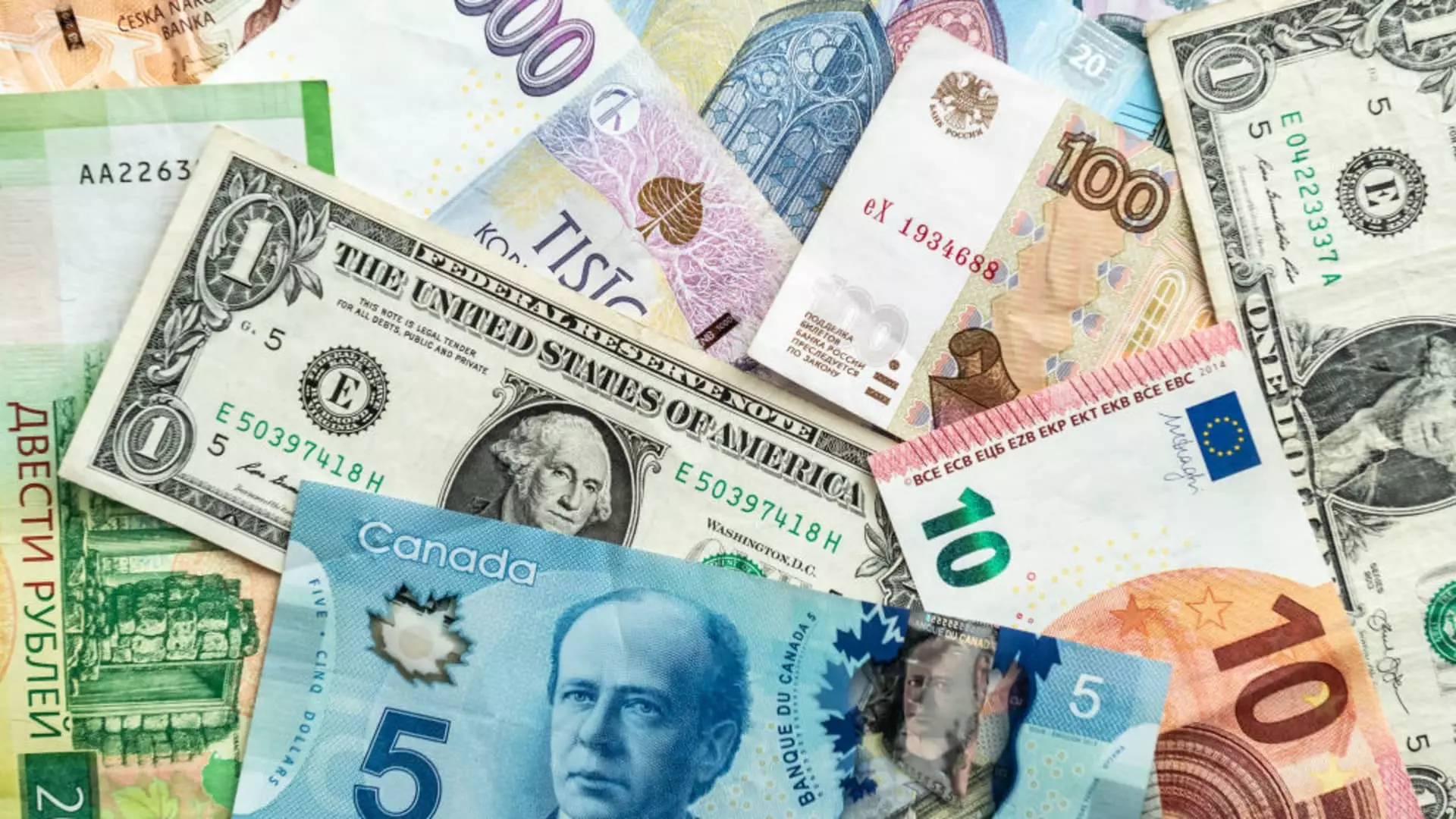In the current economic landscape, inflation is slowly easing its grip on most economies worldwide. As the world watches closely, investors are monitoring interest rate decisions, with many anticipating a series of rate cuts to occur this year. The Economist Intelligence Unit recently released a report indicating that while interest rates in most economies are forecasted to remain relatively high through 2024, there is an expectation for a mild rollback later in the year. This is a result of most central banks raising policy rates early in 2022 in an effort to combat rising inflation. It is worth noting that China and Japan are outliers in this global tightening cycle, with Beijing’s rates starting to show signs of easing, while the Bank of Japan is expected to exit its negative interest rate policy in the second quarter.
In the United States, Federal Reserve Chair Jerome Powell recently stated that he anticipates interest rates to begin decreasing this year, contingent on inflation signals aligning accordingly. The current inflation rate, as per the Fed’s preferred gauge, stands at an annual rate of 2.4%, slightly above the 2% target set by the Fed. The Fed opted to maintain rates within a range of 5.25% to 5.5% at its January meeting, with market expectations leaning towards a 25-basis-point rate cut in June.
Meanwhile, the European Central Bank has decided to keep its policy rate at a record high of 4%, signaling that they do not intend to lower rates before June. Despite acknowledging that inflation is easing at a faster pace than initially projected, the ECB has maintained its annual inflation forecast at 2.3%, slightly below its 2% target. With Swiss inflation at a 1.2% increase from a year ago, there are speculations that the Swiss National Bank might consider reducing interest rates at its upcoming March meeting, currently set at 1.75%.
In emerging markets, the Bank of Canada recently announced that it would keep rates unchanged for a fifth consecutive meeting, citing that it is premature to consider a rate cut. On the other hand, Turkey’s central bank decided to maintain its interest rate at 45% after eight consecutive hikes, with expectations that rates will remain stable for the rest of 2024. The Reserve Bank of Australia also opted to keep rates steady at a 12-year high of 4.35%, with predictions that rate cuts might commence in August as inflation eases and unemployment figures rise.
In the case of Japan, economists are predicting that the Bank of Japan may raise interest rates in the coming year, deviating from the global trend of rate cuts. The BOJ is expected to move away from its negative interest rate policy by April, pending annual wage negotiations. South Korea’s central bank decided to maintain rates at 3.5% in late February, with board members deeming it premature to discuss rate cuts while inflation levels remain above target. However, Goldman Sachs senior Asia economist Goohoon Kwon suggested that the BOK could be one of the first in Asia to cut rates due to ongoing disinflation and subdued private consumption.
As we navigate through the intricate web of global interest rate policies, it is evident that central banks are carefully calibrating their responses to changing economic conditions. While uncertainties persist, especially given the backdrop of geopolitical tensions and the lingering impact of the COVID-19 pandemic, it is crucial for investors and policymakers alike to stay vigilant and adaptable in the face of evolving market dynamics. The path towards economic recovery and stability demands a nuanced approach that considers a multitude of factors, from inflation projections to employment data and beyond. In this ever-changing financial landscape, the ability to forecast and react to emerging trends will be key in navigating the complex terrain of global interest rates.

Leave a Reply